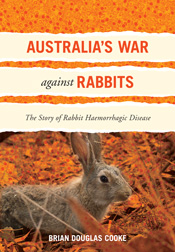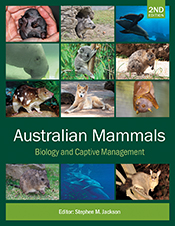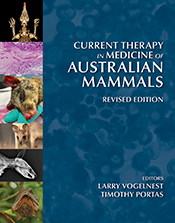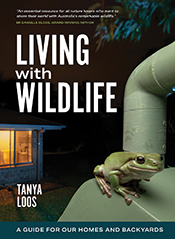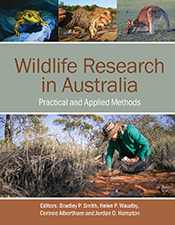Australia's War Against Rabbits
The Story of Rabbit Haemorrhagic Disease
By: Brian Douglas CookeProvides up-to-date information on the use of biological control agents to manage wild rabbit populations.
The management of wild rabbits is a vexing problem worldwide. In countries such as Australia and New Zealand, wild rabbits are regarded as serious pests to agriculture and the environment, while in many European countries they are considered an important hunting resource, and are a cornerstone species in Mediterranean ecosystems, modifying habitats and supporting important predator populations such as the Iberian lynx. The introduction of two viral diseases, myxomatosis and rabbit haemorrhagic disease, as biological control agents in Australia has been met favourably, yet their spread in southern Europe threatens natural rabbit populations. Despite this, scientists with very different goals still work together with a common interest in understanding rabbit biology and epidemiology. + Full description
Australia's War Against Rabbits uses rabbit haemorrhagic disease as an important case study in understanding how animal populations adapt to diseases, caused in this case by an RNA virus. Looking at rabbit haemorrhagic disease (RHD) in an ecological framework enables insights into both virus and rabbit biology that are relevant for understanding other emerging diseases of importance to humans.
This book provides up-to-date information on recent advances in areas ranging from virus structure and disease mechanics through to the sociological implications of using biological control agents and the benefits to the economy and biodiversity. It is a compelling read for wildlife disease researchers, wildlife managers, rabbit biologists, people working in the public health and education sectors, and landholders and farmers with experience or interest in RHD.
- Short descriptionReviews
"an easy and entertaining read"
A Fowler, Australian Veterinary Journal 92(10), October 2014
"Australia's War Against Rabbits illustrates advances in scientific knowledge of infectious diseases and host interactions. Written in an easy-reading form, the story has relevance for all animal species – including humans."
Andrew Turner, Historical Records of Australian Science 26(2), pp 217-218
"Australia's War Against Rabbits is both an enjoyable read (there are many little anecdotes) and a useful reference book. Moreover, the reader knows that this account is first-hand - 'straight from the horse's mouth', as they say... Cooke writes his own story with no hint of self-aggrandisement."
Brian Coman, Ecological Management & Restoration 17(1), 2016
Details
Paperback | May 2014 | $ 79.95ISBN: 9780643096127 | 232 pages | 245 x 170 mm
Publisher: CSIRO Publishing
Illustrations, Photographs
ePDF | May 2014
ISBN: 9781486301744
Publisher: CSIRO Publishing
Available from eRetailers
ePUB | May 2014
ISBN: 9781486301751
Publisher: CSIRO Publishing
Available from eRetailers
Features
- Brings together ideas from general biology, ecology and evolution as background for understanding disease transmission and epidemiology, aspects not normally covered by medicine or veterinary medicine in dealing with newly emergent diseases.
- While the development of vaccines circumvents the need for a precise understanding of epidemiology for many human diseases, there are others such as avian influenza where a broader understanding of epidemiology would help with risk analysis.
Contents
Prologue
1. Almeria awakening
2. The Coffee Brothers
3. A new disease
4. Rabbit Haemorrhagic Disease
5. The European Rabbit
6. Australia’s worst Christmas present
7. The VIP Fleas
8. El Pulguero
9. Australia’s ecological blind-spot
View the full table of contents (PDF).

